January (Pausha-Magha)
Lohiri
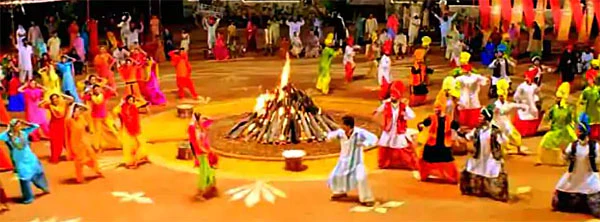
Lohri is a very popular harvest festival, celebrated in the North of India. The spirited festival is celebrated with tremendous enthusiasm by people. It is these collections by children, which are actually known as Lohri. They are to be distributed among the celebrators during the night. Some of it is also offered to the holy fire. Celebrators throw peanut, popcorn and other food items in the fire, which are symbolic of offerings made to the God of Fire, Agni (in Hindi). Lohri is celebrated to worship fire and mark the end of the biting North-Indian winters.
As per the Hindu Solar Calendar, the festival of Lohri falls in the Paush month, which is around January 13, according to the Georgian calendar. At this point in time, the earth is closest to the sun. The festival is celebrated a day before Makar Sakranti, which is the closing of winter season. Traditional songs and dances mark the celebration of this unique Indian festival.There are some interesting socio-cultural and folk-legends connected with Lohri.The festival of Lohri from the tale of Dulla Bhatti,
This festival is celebrated specially in Punjab on the day of Makar Sankranti.
BONFIRE CELEBRATION
People gather around the bonfire. They sing and dance around the fire. Friends and relatives exchange gifts and greetings. They even throw sweets, puffed rice and popcorn into the fire. A puja is performed beside the bonfire and the “Prasad” includes six main things : til, gazak, gur, moongphali, phuliya and popcorn. Prasad is distributed to everyone. This symbolizes a prayer to Agni, the spark of life, for abundant crops and prosperity.
Makar Sankranti

Makar Sankranti is a popular Hindu festival that is celebrated in many parts of the country and also in many other parts of the world with great zeal and enthusiasm. Makar Sankranti is a major harvest festival celebrated in various parts of India. Makara Sankranti commemorates the beginning of the harvest season and the cessation of the northeast monsoon in South India. The movement of the Sun from one zodiac sign into another is called Sankranti and as the Sun moves into the Capricorn zodiac known as Makara in Sanskrit, this occasion is named Makara Sankranti in the Indian context. Sankranti marks the termination of the winter season and the beginning of a new harvest or spring season.
The importance of this day has been signified in the ancient epics like Mahabharata also. Apart from socio-geographical importance, this day also holds a historical and religious significance.
According to the Hindu calendar, Makar Sankranti is a festival celebrated at Magh 1st of Hindu Solar Calendar for the happiness of getting new crops for farmers.
As per Muhurat Chintamani, 16 minutes before the entry of the Sun in any sign and 16 minutes after the Sun’s entry in any zodiac sign is called Punya Kal of Sankranti. If the Sun enters into a sign before midnight then the second half of the last day is punya kal.
It is believed that Yashoda donated betel (paan) on this day and as a result it she got the most capable son as Lord Krishna. It is considered most auspicious day for donation. Even Greeks and Romans consider it as a great day of donation. This festival of Sun in India is celebrated in different forms like as Lohari in Punjab, Paungal in South, Sankrant in UP and MP and Khichari in Bihar. Gods come to earth on this day. One should have bath in Ganga on this day.
Pongal (Tamilnadu)

Pongal is to Tamils what Durga Puja is to Bengal, Baisakhi to Punjab, Bihu to Assam, Ugadi to Andhra, Makar Sankranti to Karnataka and other States, and Onam to Kerala. Tamil Pongal heralds the hope of a new era of prosperity.
A Tamil saying goes on that “Thai Piranthal Vali Pirakkum” meaning that when the month of Thai dawns there will be way of love, peace, harmony, prosperity, and joyness in everyone’s life.
The valor of the Tamils is best illustrated in events like ‘Jallikattu’ or ‘Manjuvirattu’ in which the youth who control the fearsome bulls are honored and given prizes. Their nature of respecting the elderly and the near and dear ones is revealed on the day of Kaanum Pongal when people visit their elders to pay their obeisance. The skills of womenfolk are clearly manifest during the festival when they decorate the courtyard of their houses with Rangoli and prepare delicacies like ‘Sarkarai Pongal’ for the Pongal feast.
On the third day during ‘Maatu Pongal’, the cattle are colorfully decorated with flowers and saffron adorning their foreheads. Their horns are painted and they are fed sumptuously. Farmers pray for the good health of the cattle so that the animals can multiply and bring prosperity. On the fourth day, sisters visit their brothers and inquire about their welfare. In one way, it resembles the Raksha Bandhan festival and this day is called as ‘Kaanum Pongal’. People also visit their friends on this day.
Magh Snan
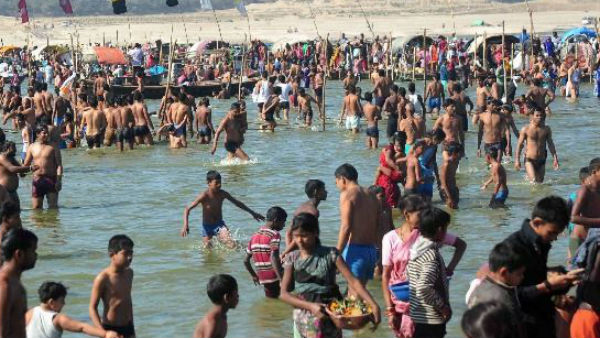
It is believed that Trideva reside in Sangam’s Yamuna or Prayagraj. Hence, taking a bath in Prayag, Allahabad during Magh month holds immense importance.
The Magh (Kumbh) Mela is one of the greatest annual religious affairs for Hindus, In accordance with the traditional Hindu calendar followed in North India, this holy fair is organised every year during the Hindu month of Magh (corresponding to mid January – mid February of the Gregorian calendar); hence the name. The Magh Mela is, however, not confined only to the month of Magh and the important bathing dates are spread over a period of 45 days. The Magh Mela is actually a smaller version of Kumbh Mela. Hence it is also known as mini Kumbh Mela.
Sankashta Chaturthi
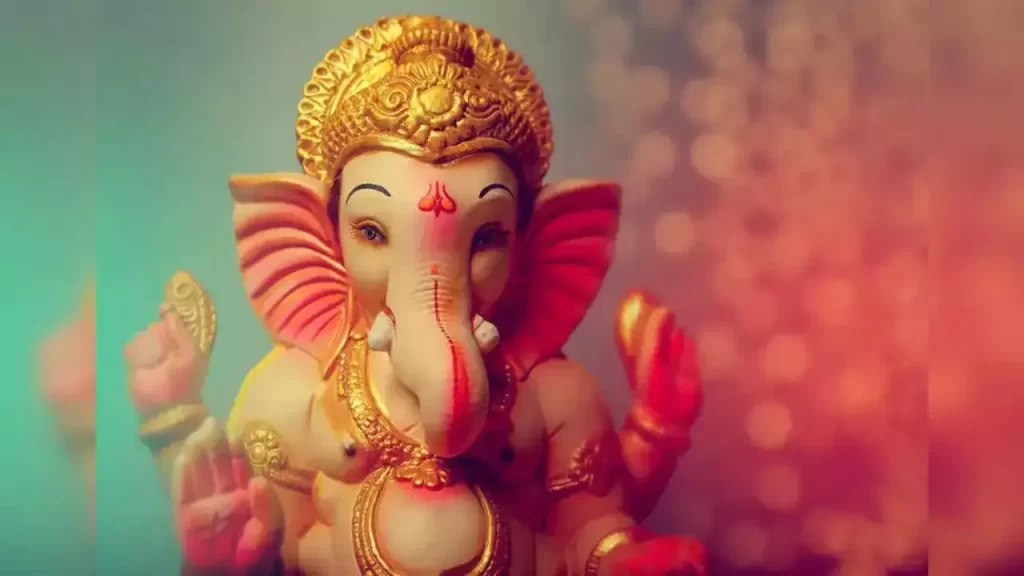
This day is celebrated in every Lunar month or Hindu calendar month on the fourth day of Krishna Paksha (dark lunar phase or the waning phase). If this Chaturthi falls on a Tuesday it is called Angarki Sankashti Chaturthi. Angarki Sankashti Chaturthi is considered highly auspicious among all Sankashti Chaturthi days..
Traditional stories tell that Lord Ganesha was created by goddess Parvati, consort of Lord Shiva. Parvati created Ganesha out of sandalwood paste that she used for her bath and breathed life into the figure. She then set him to stand guard at her door while she bathed. Lord Shiva returned and, as Ganesha didn’t know him, he didn’t allow him to enter. Lord Shiva became enraged and asked his follower gods to teach the child some manners. Ganesha was very powerful, being born of Parvati, the embodiment of shakti (or power). He defeated the godly-followers (called “Ghana”s) and declared nobody was allowed to enter while his mother was bathing. After the devas were defeated, the trinity, the controller, preserver and destroyer of the universe launched an attack against Ganesha. Amidst the fighting, Shiva severed the head of the child. And brought on Parvathi’s rage. Seeing her son dead, Parvathi revealed her true self, as the Adi-shakti, the prime energy that fuels the universe and sustains matter. Taking on a terrible form, she vowed to destroy the universe where her son was killed and re-create a better one. The Gods prostrated before her and Shiva promised that her son will live again. The trinity hunted the world for a head and came across a mother elephant crying for her dead baby. They consoled the mother and fixed the head of the baby elephant in place of Ganesha’s head. Lord Shiva also declared that from this day, the boy would be called as “Ganesha” (Gana-Isha: lord of the Ganas). In this way, Lord Ganesha came to be depicted as the elephant-headed God.
On the Chaturthi day (4th day after full moon) of each month, the ‘Sankashta Ganapathi Pooja’ prayer is performed. Each ‘Vratha’ (strict fast) has a purpose and is explained to us by a story known as the ‘Vratha Katha’. This prayer offering has 13 Vratha Kathas, one for each month and the 13th story is for ‘athika’ (The Hindu calendar has one extra month every 4 years).
Mauni Amavasya
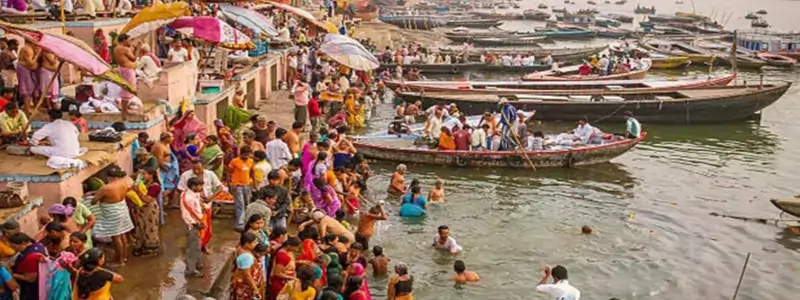
Mauni Amavasya is also known as Mauni Amavas. As name suggests it is also the day of silence in Hinduism when people take pledge to observe one day fasting by not uttering a word throughout the day.
The day is also celebrated as the birthday of Manu rishi. It is believed, Lord Brahma gave origination to Maharaja Manu and queen Shatrupa. Hence, this day is considered as the beginning of the universe creation.
The fifteenth day of the dark fortnight of Magha is well known as Mauni amavasya. The Magha is considered as religiously most sacred among other Indian months.
According to North Indian calendar, Mauni Amavasya falls in the middle of Magha month and also known as Maghi Amavasya. Many people take pledge to take holy dip in the Ganges not only on Mauni Amavasya day but also during whole Magha Mahina. The daily bathing ritual starts on Paush Purnima and ends on Magha Purnima day.
During Kumbh Mela, Mauni Amavasya is the most important bathing day at Prayag in Allahabad and known as the day of Amrit Yoga and the day of Kumbh Parva.
Gauri Teeja (Magh.)

Saawan is a month of divine festivals; it is month that purifies the heart and mind of devotees to the tune of truth. Gauri Teej is one the greatest festival which is celebrated in this great month with true divine spirit. Third day from the new moon is celebrated as Gauri Teej; it is a day to attain blessings from the lotus feet of divine mother Gauri.
Presiding deity of third day {Teej} of the fortnight is mother Gauri and this day in lunar half is celebrated in the name of mother Gauri; bestower of wishes and great legend of compassion and care, those take refuge in, attain the wisdom of being human.
According to the legends, it is said that goddess Gauri took birth on earth in the form of King Daksha’s Daughter. She was known as Sati. She performed hard penance to get Lord Shiva in the form of a husband. Lord Shiva was pleased by her penance and fulfilled her wish.It observed on the tritiya of shukla paksha of Magh month every year. It is observed by the devotees to attain the blessings of Lord Shiva and goddess Parvati. Offering prayer in the lotus feet of divine mother makes one attain the truth very useful for both the worlds.
Varad/Til Chaturthi

Varad Chaturti, or Varad Til Chaturthi, is an auspicious day dedicated to Lord Ganesh and is observed on the fourth day of the Shukla Paksha of Magh month (January – February) as per traditional Hindu calendar followed in Maharashtra. The day is also observed as Ganesha Jayanti and Til Kund Chaturthi. For Kashmiri Pandits, Varad Chaturthi is the fourth day of Shukla Paksha (the bright half) of every lunar month falling on a Saturday or Tuesday. It is also dedicated to Lord Ganesha and is also known as Shiva Chaturthi.
On the day of Ganesh Jayanti,in the morning,the devotees apply a seesame(til)-paste on their body and take a sacred bath with water,mixed with til seeds.Lord Ganesha image is made in a conical form by using cowdung or turmeric-sindhoor powder.Later on,Ganesha is worship in a traditional way with shodashopachar pooja and a fast is observed during worship during the day time followed by meals of ‘Prasada’ in the night.
On this day,devotees visit Moreshwar temple near Pune,Maharashtra.This the first temple of Ashtavinayaka yatra.As per the legends, Lord Ganesha finished demon Kamlasur here, riding a peacock(Mayur) and thus is known as Mayureshwar or Moreshwar. The fast observed on this day is very fruitful.The devotes worship him to fulfil their desires.
On this day devotees also visit the Siddhivinayaka temple at Siddhatek Ahmednagar district, Maharashtra.Devotees take seven pradakhsinas (circumambulation) of the hil, to seek favour of Ganesha. Legend states that god Vishnu invoked the blessings of Ganesha at this venue before killing the demons Madhu-Kaitabh.
Basant Panchami

Vasant Panchami also known as Basant Panchami is a festival in honor of Goddess Saraswati, the hindu Goddess of education, learning and the fine arts (music, writing, painting, etc.). On this day Maa Saraswati is worshipped. Goddess Saraswati is the goddess of learning and divine symbol of Vedic knowledge and wisdom. Goddess Saraswati, the one who flows (saras) easily (wati), was created by Lord Brahma and is also known as Vach-Devi – the Goddess of Speech. Vasant Panchami marks the birth of the Goddess and is an opportunity for a new spiritual birth for the seeker.
This festival is considered to be the festival of King of seasons. Basant Panchami begins from spring season and carries up to Panchami of Krishan Paksha of Falgun Mas. This festival is specially significant for lovers of art and education., God Rama ate half tasted grapes of Mata Shabari. So as to commemorate, the festival of Basant Panchami is celebrated.According to Basant Panchami story, Lord Brahma was very happy with the creation of the whole world., Lord Brahma had an idea. He took some water in his Kamandal and sprinkled it in air. An angel appeared from a tree. The angel had a harp in her hand. Lord Brahma requested her to play something so that everything on Earth was not silent. As a result, the angel started playing some music. She filled this planet with music. Since then, that angel came to be known as Goddess Saraswati, Goddess of speech and knowledge. She is also known as Veena Vadini (harp player). It is believed that Goddess Saraswati provided voice, intelligence, force and glory.
This is celebrated on the day of Shukla Panchami falling before noon. If Panchami falls or does not fall on two days then it is celebrated on the first day.
The color yellow is perhaps the most prominent feature on Vasant Panchami. Yellow colored clothes, foods (like saffron rice), flowers (mustard) and sweets (with kesar) are the traditional norm on this day. Goddess Saraswati is adorned in yellow clothes (at home or at the mandir) as yellow is considered to represent the sattva guna – characteristic of purity, prosperity and love. Kite flying is a very popular tradition observed (particularly in Haryana and Punjab) on Vasant Panchami. Children and adults alike engage in flying small and large kites and various kite-flying competitions are held across roof-tops and in playgrounds all over northern India. It is also a day for art and painting competitions, poetry recitations and music festivals all over India in honor of Goddess Saraswati – the patron of the arts.
Bishmashtmi
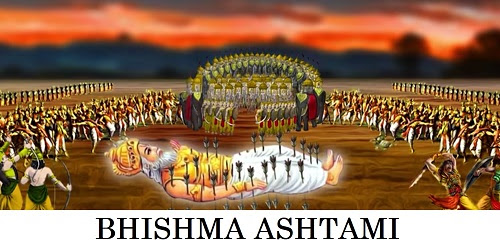
The Bhishmaashtami vrat falls on the eighth day of the Magh Month’s Shukla Paksha. The person, who performs the Tarpan for Bhishma with the seasome seeds on the Ashtami of Magh Shukla Paksha, gets the beautiful and talented child. At the time of Mahabharata, Bhishma Pitamah was lying on the bed of arrows in the battle field and left his body only when Sun came into Uttarayana.When Sun comes into Uttarayana, people who leave their bodies go directly to the Brahmalok (Heaven). On the Magh Shukla’s Ashtami, Sun came in Uttarayana and then Bhishma Pitamah left his body as he was blessed with the boon of ‘Iccha Mrityu’ (death of wish) and, that is how we commemorate the Death Anniversary of the Bhishma Pitamah.
